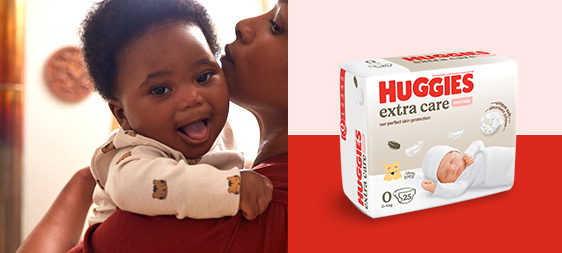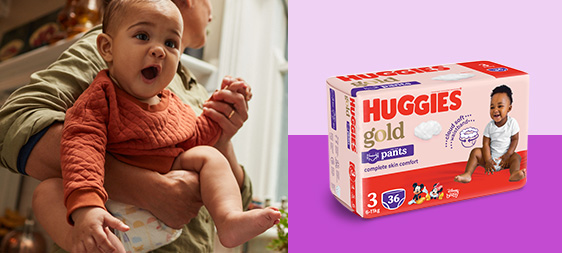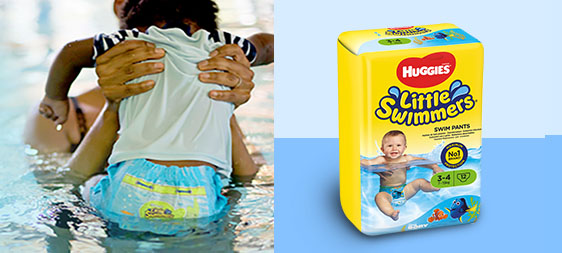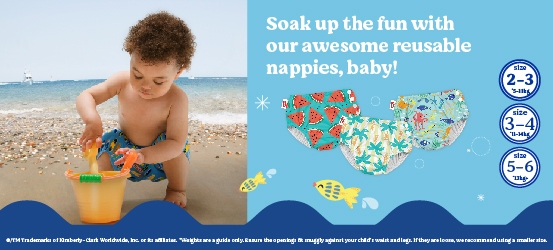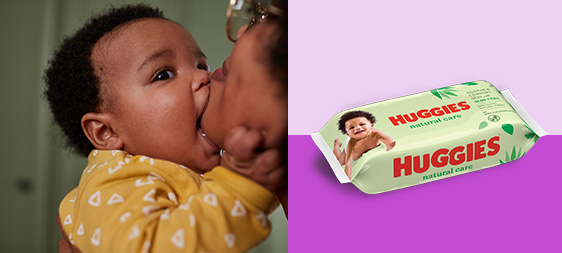Kids health issues – How much milk should my child drink?
Are you confused about weaning your little one? Don’t worry: you’re not the only one! So often, mothers ask me for advice on what to feed their baby when weaning. “My daughter won’t drink cows’ milk, what should I wean her onto?” “How much cows’ milk should my son drink a day?” “What foods can I give my son who won’t drink cows’ milk; I am worried he isn’t getting enough calcium?” Sound familiar?
If you’ve tried to read up on this topic, it’s likely you were left rather bewildered as the advice tends to be contradictory. This article takes a balanced approach: it isn’t pro-milk nor is it anti-milk; it simply provides the options, leaving it up to parents and carers to make an informed choice based on the particulars of their situation. Generally, my advice is to do what works best for you and your family.
When to wean?
The World Health Organisation states “…infants should receive nutritionally adequate and safe complementary foods while breastfeeding continues for up to two years of age or beyond.” Many parents opt to wean their little one from 12 months to a full, healthy and varied diet, whilst others continue breast feeding well beyond the 12-month mark. Weaning around this age is also common for babies who are formula fed.
The right time to wean is a very personal decision, it should be when mother and baby are ready and comfortable to do so. Once you decide the time is right to wean your baby there are many tips to make weaning easy; try talking to your Well baby clinic sister for some information and guidance.
What do I wean my baby onto?
This is where the real confusion starts. Your baby is now a toddler (12 months +), you have carefully and painstakingly introduced solids over the past six months or so, allowing you to arrive at this stage. Your little one is enjoying a healthy and varied diet, similar to the rest of the family. Ideally, your toddler will also be accustomed to a sipper cup and will happily drink water (even if it is only in small amounts). If you haven’t quite reached the water-guzzling stage yet, persist, it will happen.
As parents, we worry that once milk feeds stop our baby won’t be getting all the nutrients they need; we tend to forget that solids are introduced because liquid nutrition alone can no longer meet baby’s needs. In fact, you’ve spent the last six or so months preparing for this day. You have gradually been weaning your little one from a diet solely reliant on milk feeds to a diet dependent on whole foods. Congratulations, you are there!
By 12 months, in most cases, a wide variety of healthy food has become your child’s most important source of health-giving substances. The secret to a good diet is eating a variety of healthy foods as no single food can meet every nutritional need. In rare cases, some toddlers may require extra nutrition but, in general, you’ll be able to wean from milk feeds onto a diet entirely of solids (including fluids). That’s right – you don’t need to wean onto formula or cows’ milk. Mistakenly, we can tend to think that formula covers all bases, but as per the advice regarding supplements: “Take only if your diet is inadequate or if professionally recommended”.
Where does milk fit in?
Milk in infancy
There are concerns about the use of cows’ milk in infancy and possibly also in early childhood. Indeed, many health and paediatric agencies recommend against giving cows’ milk to infants under 12 months.
Milk is not only very low in iron; it can lead to low iron from a reaction in the intestinal canal which causes blood loss in babies. Unlike breastmilk and to a lesser extent formula, cows’ milk doesn’t have the right protein or fats mix that babies need to grow and be healthy; it is also high in sodium. But don’t be too concerned as a little milk as an ingredient in food from around eight to nine months is generally fine.
However, it’s important to bear in mind that some infants simply can’t tolerate cows’ milk and even a small amount can cause a reaction. Other children avoid cows’ milk for cultural or even simply taste reasons – cows’ milk isn’t for everyone.
However, life without cows’ milk isn’t necessarily a problem, as many cultures attest. For example, many Asian cultures have done fine on diet rich in other calcium-containing foods.
Young children and milk
A wonderful source of calcium and many other nutrients, milk can be a very beneficial component of a child’s diet. However, like most things in life, moderation is the key. Excessive cows’ milk can cause an imbalance in two ways: firstly, it is high in energy (calories); and secondly, it contains a lot of calcium.
Just small amounts of energy-dense milk can fill a little tummy quickly. Feeling satisfied, your little one might turn away from other foods and meals, thereby causing them to become deficient in other nutrients. For example, toddlers and young children require between 1200 and 1400 calories a day. If a two-year-old drinks just 300ml of milk, they’ve consumed 20% of all their calories for that day – from just one food source.
Too much calcium – which can add up quickly in a child’s case – can interfere with iron absorption, which in turn has been linked to fussy eating. It is best not to give children calcium rich foods with iron rich foods as the calcium will inhibit iron absorption. Vitamin C on the other hand is great for iron absorption.
Incidentally, the above explanations might shed new light on your fussy eater: perhaps your child has been overfilling on cows’ milk and/or is low in iron from too much calcium?
One more thing: don’t forget that too much milk – which contains milk sugars – can increase the risk of tooth decay.
If you opt to give your child milk, make sure you offer it in a cup and only after meals and snacks. It should form just one part of a varied diet, and your child should meet their calcium needs from a variety of sources. Nature’s harvest affords us many benefits; by eating a wide range of foods, we broaden the spread of nutrients and health-giving compounds, and ensure we’re consuming a balanced diet.
“But I’ve been told my child should drink 600ml of milk a day; is this true?” I hear you ask. My answer is this: when your little one is eating a healthy and balanced diet made up of a variety of foods, they will generally easily reach their nutrient requirements over the course of the day. I see a few raised eyebrows. Well, let’s take a closer look at the facts and figures.
How much milk do littlies need?
While guidelines suggest 600ml of milk per day for children between 4 and 8 years of age (less if they are younger), it’s important to realise that this doesn’t refer to the amount of calcium a child needs in order to reach their recommended daily allowance (RDI). This is a rather misleading message, so it’s easy to see how people can get confused. Hands up if you assumed this was the amount of milk children needed to drink in order to stay healthy!
Let’s look at this closer:
The RDI of calcium for children between 1-3 years is 500mg.
One cup of full-fat milk (250mg) has 295mg of calcium.
So, just two cups of milk (500ml) provides 590mg of calcium, slightly exceeding the RDI for children between 1 and 3 years of age.
600ml of milk provides 708mg of calcium, vastly exceeding the requirement for this age group.
Children aged 4-8 years require 700mg per day of calcium; hence 600ml of cows’ milk will completely fulfil this age range’s calcium needs.
If a child drinks this amount of milk and still has room for other calcium-rich foods, such as cheese or yoghurt they may start to over reach their calcium needs.
So, in fact, some milk (or calcium-enriched drinks) along with other calcium-rich food makes for a far more balanced diet.
Tell me about reduced-fat and fat-free milk – are these okay for my child?
Reduced-fat or low-fat milks (which contain just 1% fat) should not be given to children under 2 years; likewise, fat-free milk and skim milk (which have 0.1% fat) aren’t suitable for children under 5. These types of milks – which were first produced for adults to keep their fat intake in check – don’t contain the right amount of protein or types of healthy fat that children need to grow at the rate they do. Healthy fats are essential for brain and eye development, for making important substances in the body, and for absorbing and using fat-soluble vitamins.
Beyond milk for calcium
Calcium is found in an extensive range of foods. While it is certainly true that some foods, such as dairy, provide calcium in an easily absorbable form, there are nevertheless a variety of calcium-rich foods to suit diverse needs and preferences.
The following are examples of other calcium-rich foods that children might consume over a day:
Half a cup of baked beans has 40mg of calcium.
50g of tinned salmon (in water, drained and bones crushed) has 155mg.
30g of cheddar cheese gives 255mg.
200g of plain yoghurt has 342mg.
100ml of a calcium-enriched soy beverage can have up to 300mg of calcium.
So, if your toddler were to eat a range of these over the day in cereals, snacks, lunch, dinner and dessert, you can appreciate how easy it is to reach 500mg or even 700mg of calcium with or without cows’ milk.
Other calcium-rich foods include: poppy seeds (very rich: 10g contains almost 150mg of calcium), seaweed, carob powder, sardines, almonds, crab meat, to name a few. And don’t forget good ole cheddar cheese – pretty much anything with cheese added comes up trumps. The list of possible meals with cheese is endless: nachos, pizza (healthy ones), quiche, pasta meals, crepes, cheese scones, cheesy scrambled eggs, baked potato with cheese, the list goes on.
If you have any concerns, it’s worth consulting with your GP or medical practitioner. As for me: I’ll stick with the dietary recommendation of ‘variety’ and rest assured that my children are getting all the good stuff!
NUTMATRX Figures used
Further reading
Milk for Toddlers
This information has been provided by Leanne Cooper. Leanne is a qualified nutritionist and mother of two very active boys.
For more information see Kid’s nutrition or Baby Care











